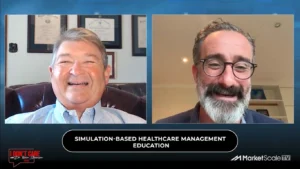In Wake of Howard Schultz’s Starbucks Exit, Just How Impactful Can An Executive Departure Be to Retailers?
The departure of a Chief Executive Officer, whether it be abrupt or planned, can have major ripple effects on shareholders, employees, and customers alike. The recent departure of Starbucks Executive Chairman Howard Schultz has led many wondering the impact a change at the highest levels of management will have on the booming coffee enterprise.
Howard Schultz stepped down as CEO in 2017 to take on a role as Executive Chairman yet is often mistaken as the current Chief Executive. The impact Schultz has had on the company’s growth over the years has even superseded his departure from the position. Under Schultz’s helm, Starbucks stock has grown 21,000 percent since its initial public offering in 1992. Schultz has also been a champion while on the board for broadly expanding employee benefits, including providing healthcare to every barista working at least 20 hours, and global hiring initiatives—specifically for families of veterans and refugees.
The exit of a leader with such an important standing in a company cannot be understated.
“The problem with a large multinational company being tied too closely to a particular individual is that it makes a departure more monumental,” Dan Hill, CEO of Hill Impact, told CNBC.
Current CEO Kevin Johnson has already had to play damage control after a viral, racially charged incident occurred at one of its Philadelphia locations. Starbucks stock ($SBUX) has seen a mild loss over the last 30 days—perhaps due to recent events, but the company is continuing to innovate. The recent announcement of a Starbucks and JP Morgan Chase partnership has provided hope for shareholders that the company, in spite of executive departures, will continue to improve and expand on their successful business model.








